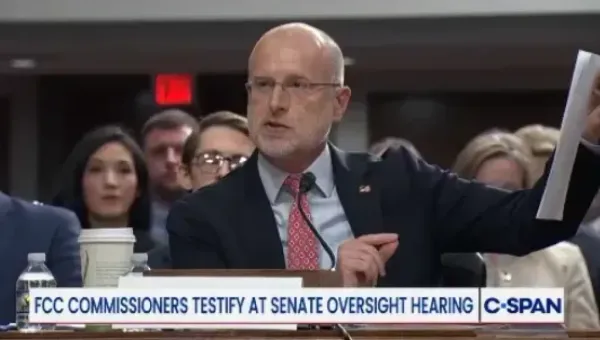Commerce Department Updates Its Map of Projects Funded by Broadband Stimulus Measure
WASHINGTON, July 2, 2013 – In a blog post on June 18, the National Telecommunications and Information Administration highlighted its interactive map of broadband projects funded through the American Recovery and Reinvestment Act. The map displays projects by the Broadband Technology Opportunities Pr
WASHINGTON, July 2, 2013 – In a blog post on June 18, the National Telecommunications and Information Administration highlighted its interactive map of broadband projects funded through the American Recovery and Reinvestment Act.
The map displays projects by the Broadband Technology Opportunities Program and State Broadband Initiative, which are funded by $4 billion investment from the 2009 Recovery Act. The NTIA released the map in 2012, but recently updated it with data taken from last year’s progress reports submitted by recipients of grants from these two NTIA programs.
The map displays high-speed broadband infrastructure that has been created or are planned for future construction as a result of the programs as well as the institutions that are connected to and benefit from the build outs. These institutions include schools, libraries, healthcare facilities, public safety entities, and other institutions. The data also tracks the amount of computer and internet training provided through the programs.
According to the most recent data, NTIA projects have built or upgraded 86,000 miles of network infrastructure, connected over 12,000 various institutions, installed more than 41,000 work stations in public computer centers, providing more than 12 million hours of digital literacy training to over 4 million people and recorded over half a million new residential broadband subscriptions.
The map allows users to zoom in on particular regions to see the exact projects that have been completed or planned. A “state dashboard” further breaks down information about institutions, connection speeds, adoption rates, and other details about each individual state. Users can also apply filters to the map based on connections speeds and institution type. The map can also display information on congressional districts and population density.
The NTIA blog suggests using the map in conjunction with other data, such as employment statistics or regional economic indicators. To this end, the map includes a map layering functions that allows users to overlay the NTIA’s map with data from other sources.
“We hope that other government agencies, academic researchers, non-profits, commercial carriers and other stakeholders will come up with innovative applications for the map and the data underlying it,” said the NTIA said in its post.
Additionally, the NTIA has launched a simplified, mobile version of the map which can be viewed on smart phones.








Member discussion